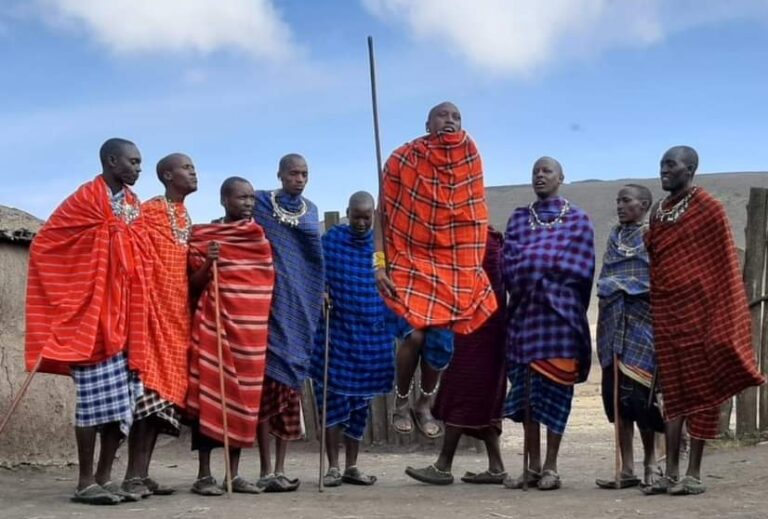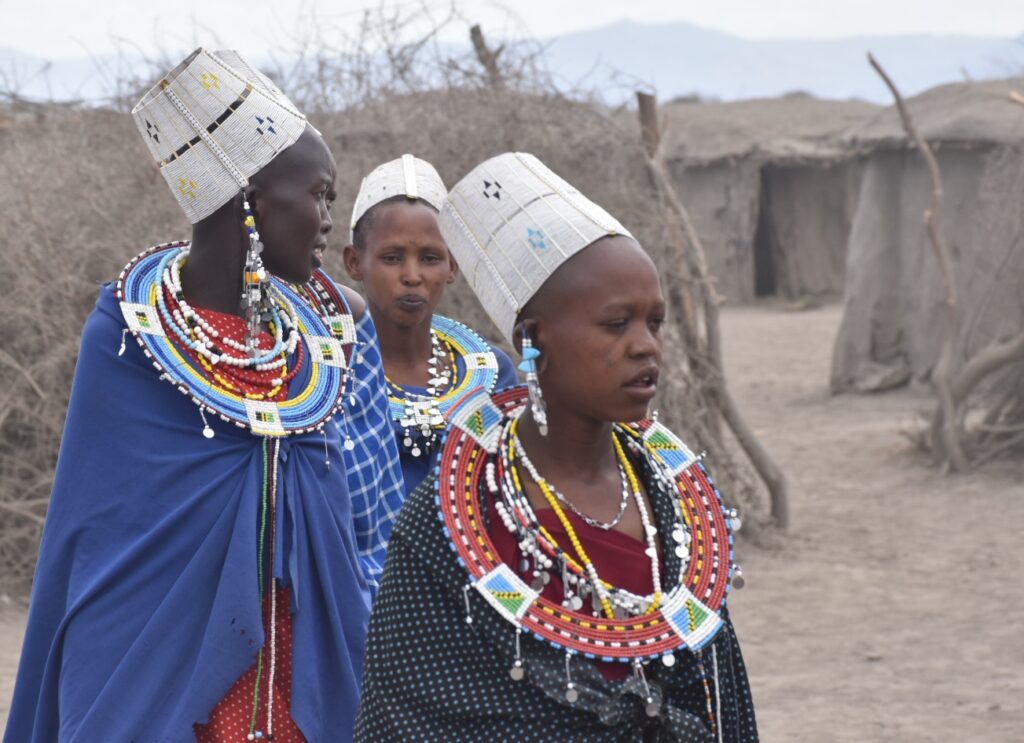The Tribes of East Africa: Maasai People
Possibly Africa’s most famous ethnic group, the Maasai people are semi-nomadic people located primarily in Kenya and Northern Tanzania. They are considered to be part of the Nilotic family of African tribes, just like the Schilluk from Sudan and the Acholi from Uganda.
According to their own oral history the Maasai people originated in the Nile Valley in Northern Africa and migrated south around the 15th century with their cattle. Why they did this is not known, however historians believe it was simply out of need for better grazing land. In their southward expansion, the Maasai found such land and satisfied their desire for more cattle by waging devastating warfare and continual cattle raids on other tribes. They quickly spread south through the Rift Valley where the fertile grasslands were ideal for their cattle and around the 18th century, reached the present-day territories in Kenya and Tanzania.
Once considered fierce warriors and feared by all tribes in the area, the Maasai lost much of their power in the 19th century. In-tribe fighting was detrimental to the growth of the tribe as a whole and combined outbreaks of human and cattle disease, followed by severe droughts, decimated both the herds and population of the Maasai. As a result, the Masai tribe lost lands they had already conquered and when the British and German colonisers arrived, the Maasai were in no position to avoid colonial conquest and their lands diminished.
Nevertheless, the Maasai turned their backs upon the prizes and temptations offered by the West, and despite education, civilization and western cultural influences they remained faithful to their ancestry and traditional way of life, making them the strong symbol they are today of East African culture.

Way of Life
In spite of their reputation as fierce warriors, Masai tribes revolve around their cattle. One of their spiritual beliefs is that their God, Enkai, created cattle for the Maasai and that all the cattle on earth belong solely to them. This bond has led them to a nomadic way of life following patterns of rainfall over vast lands in search of food and water for their cattle. Traditionally, all of the Maasai’s needs were met by their cattle; they ate the meat, drank the milk and sometimes blood. Animals were slaughtered for ceremonies, and all their clothing, shoes and bedding came from the hide, whilst cow dung was used for building.
The Maasai have managed to retain many of their traditional ways, however, this becomes more challenging every year. The ability to graze their cattle over large areas has diminished considerably over recent years due to increased urbanization and the declaration of the Maasai Mara and the Serengeti Game Reserves, which were former Maasai grazing land. The Maasai have now adapted amore sedentary lifestyle that includes growing and buying cultivated food. Today raiding cattle has also become a crime so in order to increase their herds the Maasai must buy cattle, which means seeking employment in order to earn money to do business.
Traditions
There are numerous traditions and ceremonies performed by Maasai men. Perhaps best known is the ‘warrior’ jumping dance where young Maasai moran (youth) leap into the air from a standing position in order to demonstrate strength and agility.
Traditionally, in order to earn the right to have a wife, a Maasai moran was required to have killed a lion. Officially this practice has stopped although there is evidence that it continues in the more remote areas. In earlier times groups of young boys were also required to build a new village and live in it for lengthy periods of time, often years, as part of their passage to manhood. This practice is now dying out due to lack of land.
Clothing
As pastoralists never having had to hunt wild animals, the Maasai have always been an extra vagrantly coloured and beautifully adorned tribe. The tribesmen would dye their clothing red to distinguish from other tribes who usually wore white, and so that if a man was injured in battle the blood would not show on his clothes and the enemy would not realize his weakened state. Today blue, black and checkered cloths are also worn.
Beadwork done by the women has a long history among the Maasai who define their identity and position in society through body ornaments and painting.

Language
The Maasai speak the Maasai language, an Eastern Nilotic language closely related to Samburu the language of the Samburu people in central Kenya, and to Camus spoken south and southeast of Lake Baringo. Most Maasai also speak Swahili, the language of East Africa.
“Uncowed by their neighbours, colonial conquest or modernization, they stand proud in a mute testimony to a vanishing Africa…” ~T. Spear – Being Maasai

Please contact our travel designer team for a Maasai cultural trip.
